Wegmans Deli Kiosk Project Overview
Develop a Deli Kiosk solution for Wegmans stores to streamline order generation, printing, and pickup processes. Local server processing ensures efficiency and customer satisfaction. Technology stack and rationale decisions optimize user experience and maintainability while minimizing development challenges and costs. Trade-offs in initial design options considered for effective implementation.
Download Presentation

Please find below an Image/Link to download the presentation.
The content on the website is provided AS IS for your information and personal use only. It may not be sold, licensed, or shared on other websites without obtaining consent from the author.If you encounter any issues during the download, it is possible that the publisher has removed the file from their server.
You are allowed to download the files provided on this website for personal or commercial use, subject to the condition that they are used lawfully. All files are the property of their respective owners.
The content on the website is provided AS IS for your information and personal use only. It may not be sold, licensed, or shared on other websites without obtaining consent from the author.
E N D
Presentation Transcript
Wegmans Deli Kiosk Senior Project Fall Semester Review Presented by the DELI-cious Developers Daniel Larsen Tim Heard Jared Schutt Warren Shaw
Agenda Project Overview Technology Stack & Technology Rationale Design Trade-Offs Methodology& Risk Management System Topology High Level Server Design& Server Subsystem Design High Level App Design& App Subsystem Design Testing & Metrics Current Progress Questions & Comments
Project Overview Develop a Deli Kiosk Solution to be used in Wegman s Stores Orders are generated by customers from a kiosk Generated orders are printed to the deli Filled orders are placed in designated pickup area All information is processed on a local server Goals Mitigate long wait times and congestion in front of the Deli Counter Increase customer satisfaction Provide long term solution that can be integrated into current technology
Technology Rationale Why Not No utilization of native tablet features Caching and device compatibility concerns Team has little knowledge of iOS development Availability of technology for developers Development Fees Developers prefer not to program in java/android Difficult to control user experience from a kiosk Availability of technology for developers Sponsor maintainability Forces dependencies on a server, increasing customization costs
Technology Rationale Why Familiarity with development languages Full control over User Experience Wegman s development parity Stick to a full Microsoft Stack for compatibility and ease of use Hardware availability
Technology Rationale Why Team Foundation Service Task / Req / Risk Tracking Automatic Builds Online Code Viewing Integrated Testing in Builds Git Integration Work Item/Code Integration
Trade-offs of Initial Design Dual App Single App Fat Client Thin Client
Methodology Incremental Build Model 5 Iterations 5 Deliverables
Methodology Rationale Combines elements of waterfall and prototyping Product evolves over each iteration Testing occurs earlier in lifecycle Better customer visibility Continuous risk management Sponsor gets prototype faster than waterfall
Methodology Requirements Elicitation Started at high level and refined to granular level Identifying Stakeholders and Goals User Scenarios and Use Cases Priority Management Prototyping
Risk Management Methodology multiple iterations Horizontal slice vs Vertical slice Excel sheet with all Risks, ordered by RE Multiple domain experts TFS Tasks
Server Subsystem Design Dynamic Workflow
Server Subsystem Design Workflow Constraints Where do we enforce workflow logic? Client Server
Server Subsystem Design Creating an Order
Application Subsystem Design - Features Print Duality Customize Receipts for both customer and employee Admin & Customer app in one Thickness & Tonnage for each item Report Monitor Keep Track View Of your entire order with a shopping cart All orders, all transactions, even employee efficiency Every order that is placed Promotions of special products
Testing Unit: 80% line coverage minimum Usability: With the sponsor and actual end users Time and Data Benchmarks Stability Testing Server running all the time Continuous Builds & Unit Tests through TFS
Metrics Process Metrics Task Slippage the number of tasks needed to be done vs the number that were actually done. Estimation accuracy Overall estimation of tasks versus actual time Technical Metrics Requirements Volatility Testing Coverage Functional: % of functions covered Class: % of classes covered Personal Metrics: Number of un-started tasks Average time spent fixing problems
Current Progress 70% finished with current iteration. Currently on task to finish this iterations functionality Iteration planning for next iterations complete Features become more complex as iterations continue Printing works, Windows app made, WCF communications work
Reflections Printer Difficulties IIS deployment WCF Service setup Windows App Development TFS
Appendix Server : Printing Subsystem
Appendix Server Reporting Subsystem
Appendix Server: Data Management Subsystem Updating
Appendix Server : Order Retrieval Subsystem
Appendix Server : Order Processing Subsystem
Appendix Server : Admin Subsystem
Appendix Server : Authentication Subsystem
Appendix Server : Gateway Subsystem
Appendix Kiosk : Order Management Subsystem
Appendix Kiosk : Deli Item Subsystem
Appendix Kiosk : Reporting Subsystem
Appendix Kiosk : Cart Management Subsystem
Appendix Kiosk : Admin Subsystem
Appendix Kiosk : Splash Screen Subsystem
Appendix Kiosk : Gateway Subsystem
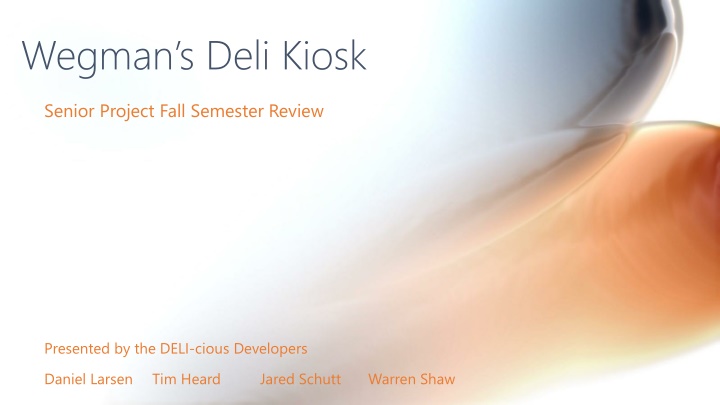


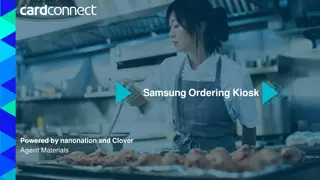

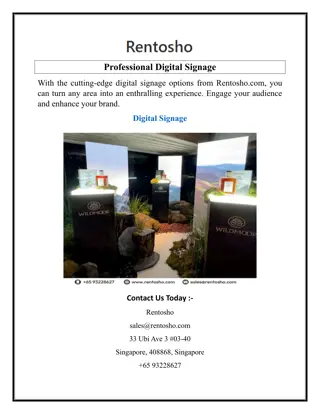

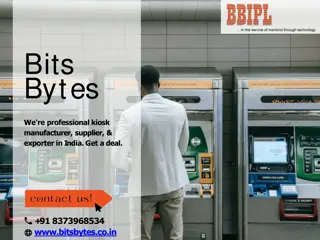

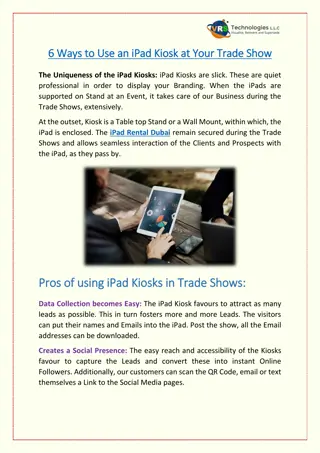
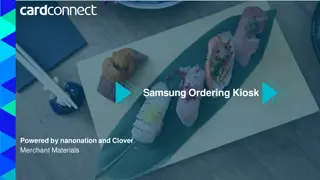
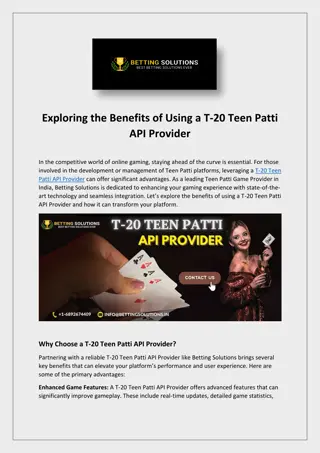
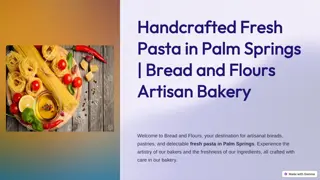

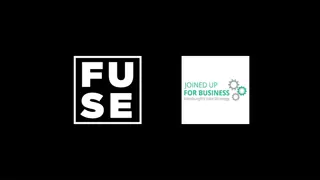

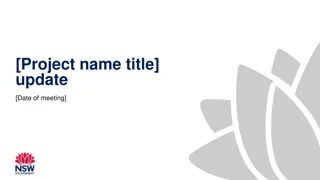

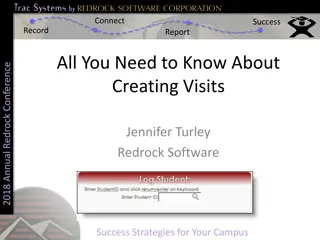
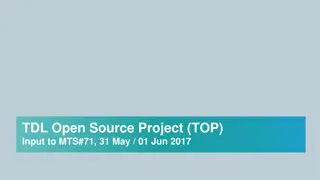
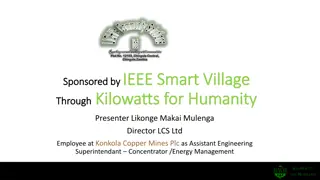
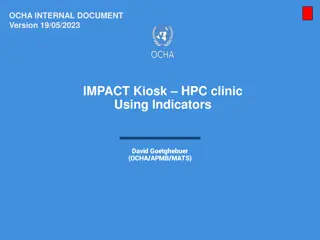
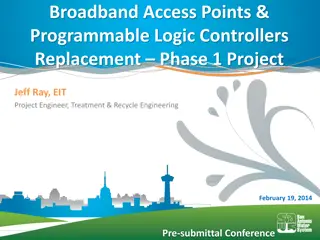
![Project Initiation Document for [Insert.Project.name] [Insert.Project.number]](/thumb/226757/project-initiation-document-for-insert-project-name-insert-project-number.jpg)